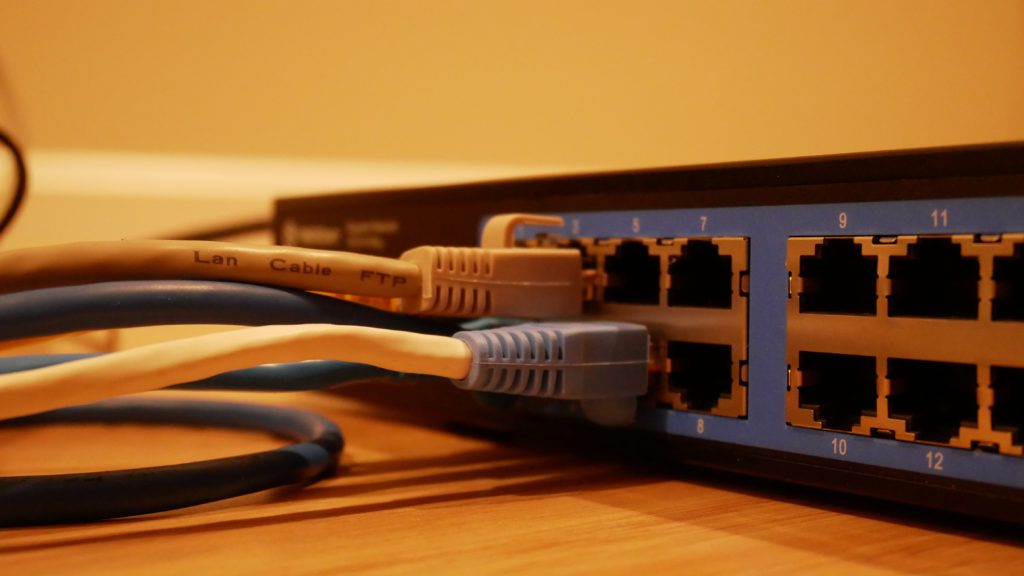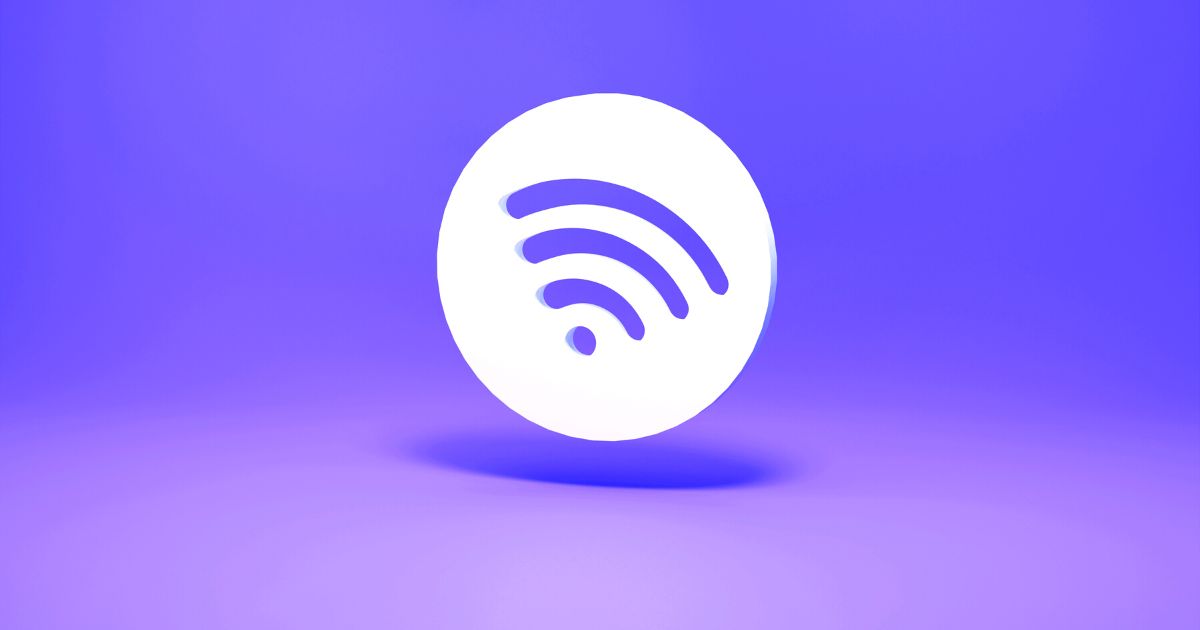The world might have only started adopting WiFi 6 and 6E for mainstream use, but the WiFi 7 standard is already making its way and is expected to officially debut in 2023. Recently Intel and Broadcom held a demo that showed WiFi 7 in action between an Intel laptop and a Broadcom access point. Here, speeds reportedly hit 5Gbps though theoretically, it could go far more than that. Of course, that doesn’t mean your internet is getting a massive boost anytime soon. So what does WiFi 7 mean for you and how does it defer to the existing standards?
The WiFi 7 upgrade
As one would expect with every new generation, WiFi 7 promises faster speeds and lower latency, along with better performance in dense environments and support for more connections. These advancements would further push a variety of sectors including cloud gaming, AR/VR, 8K streaming, industrial IoT, and even simply enhanced home user experiences.
Wider channels and higher Quadrature Amplitude Modulation (QAM)
The 7th generation of WiFi operates on the same frequency bands as WiFi 6E, 2.4GHz, 5GHz, and 6GHz. These bands are broken into channels where the width of each channel could be widened the larger each band gets. For instance, the 2.4GHz band has 11 channels of 20 MHz whereas the 5GHz band has 45 channels that can be combined to create 40MHz or 80GHz channels. Simply put, the wider the channels get the more data that can be transmitted. In WiFi 7’s case, it supports channels up to 320 MHz wide.
QAM is where two AM signals are combined into a single channel. It’s used as a means of transmitting data by superimposing signals with varying amplitudes and phases to send multiple bits of data instantaneously. The higher number in QAM translates to the ability to include more information. WiFi 6 and 6E follow 1024QAM as the standard while WiFi 7 includes 4096QAM. So the latest iteration of the WiFi standard is capable of superimposing 4096 signals at once. The benefit, like with wider channels, offers higher capacity thus enabling better performance.
Multi-Link Operation (MLO)
MLO is a notable addition that ships with the new standard. In previous WiFi generations, connections are made between two devices within the same band. MLO, on the other hand, can bring frequencies across bands into a single connection. WiFi 7 introduces a unified framework where multiple connections can be managed while optimizing resources across multiple connections. This refers to everything from reducing latency and boosting data throughput to increasing reliability.
Of course, there are more technical upgrades that WiFi 7 ships with. You can check out IEEE Spectrum’s post for a more detailed explainer of some of the standard’s technical aspects.
Still a long way from commercial use
To be frank, none of this means that WiFi 7 will be up and running tomorrow. Much like with 5G, mass adoption is likely a few years away. Infrastructure needs to be set up, existing capabilities need to be expanded upon, and WiFi 7-supported devices and routers need to enter the market, among other things. Though companies have already started announcing products that account for the new standard. Back in February, Qualcomm unveiled FastConnect 7800 platform that ships with WiFi 7 support, and MediaTek has also followed suit.

As of now, the number of WiFi 6-supported devices shipped is expected to hit 2.3 billion this year with 350 million of them including 6E. According to the WiFi Alliance, this amounts to 50% market penetration in three years compared to four years for WiFi 5. With regard to the latest standard, the WiFi Alliance states that the certification program for WiFi 7 is currently in its technical phase. Once the certification is released, it’s expected that adoption for WiFi 6 and 6E will continue to surge.







GIPHY App Key not set. Please check settings